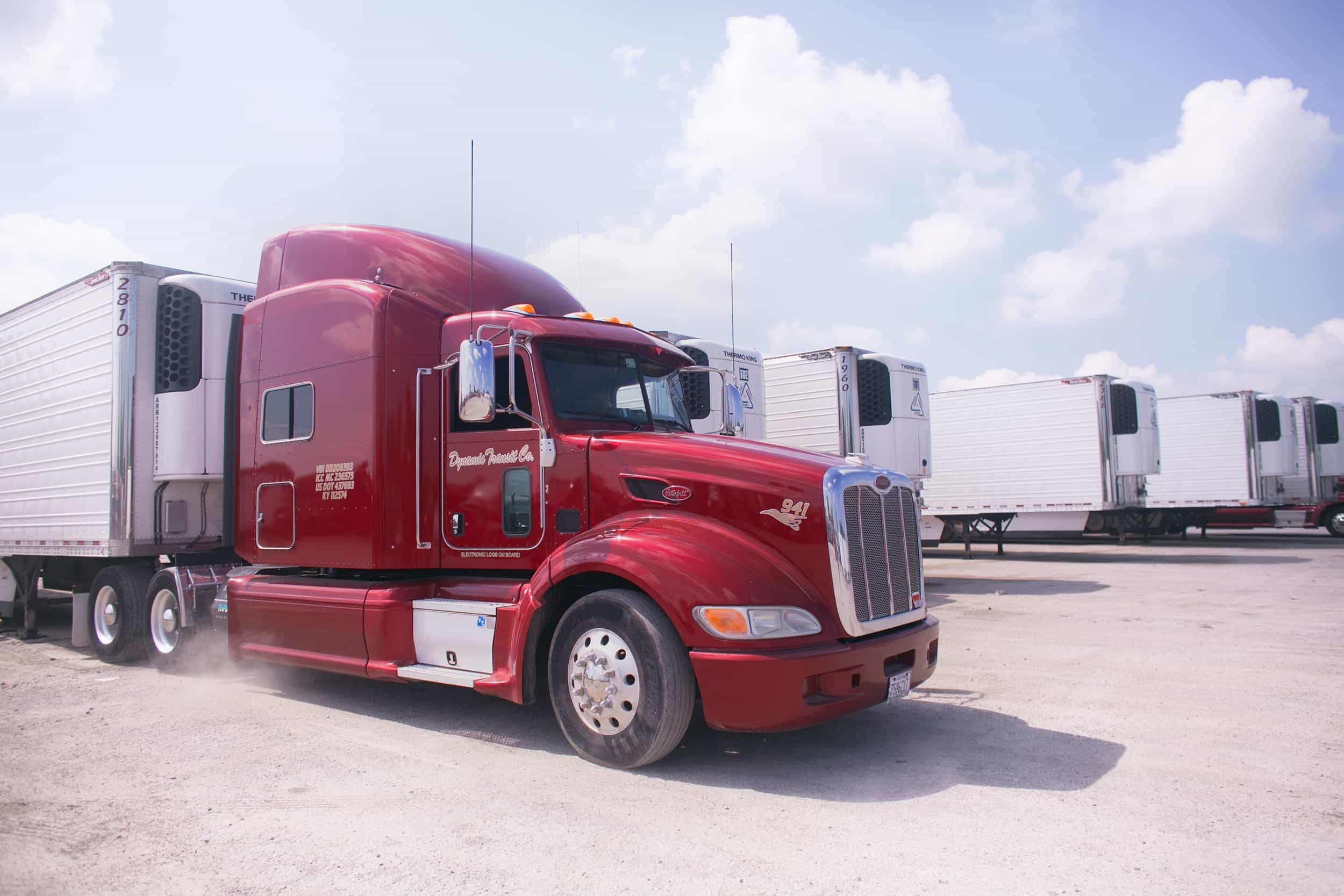New FMCSA Guidelines Benefit Drivers
As drivers, we all know about the Federal Motor Carrier Administration (FMCSA). They set the rules that law enforcement, transportation companies, like Dynamic Transit, and drivers must follow. If you haven’t heard yet, as of June 7, 2018, the FMCSA guidelines have recently updated the personal conveyance (PC) regulations. The old personal conveyance rules were not updated to work well with the Hours of Service (HOS) rules when they were changed several years ago. The new federal motor carrier safety regulations are working to rectify the situation.
With the addition of the ELD mandate, truck drivers have been frozen in place when their hours run out. Or drivers risk a hefty fine to make it to a safe place to shut down, away from a dock door, or to a truck stop for fuel. The policy has left law enforcement, trucking companies and their drivers scratching their heads on the clear letter of the law and debating who understands it correctly. The new personal conveyance ruling aims to clarify.
FMCSA Guidelines Explained
“Personal conveyance is the movement of a commercial motor vehicle (CMV) for personal use while off-duty. A driver may record time operating a CMV for personal conveyance as off-duty only when the driver is relieved from work and all responsibility for performing work by the motor carrier. The CMV may be used for personal conveyance even if it is laden since the load is not being transported for the commercial benefit of the motor carrier at that time. Personal conveyance does not reduce a driver’s or motor carrier’s responsibility to operate a CMV safely. Motor carriers can establish personal conveyance limitations either within the scope of or more restrictive than, the guidance provided.”
What the new personal conveyance ruling allows:
- After loading or unloading, drivers may travel to a nearby safe location to take their required rest break.
- Drivers may travel from their place of lodging for meals or entertainment.
- Drivers may commute between their last stop for work to their home.
What the new personal conveyance ruling does NOT allow:
- Leapfrogging over available rest stops to move closer to their next point.
- Returning to a point of origin after towing a vehicle to retrieve another vehicle on their own time.
- Driving to a shop for vehicle maintenance on their own time
Important takeaways of the new FMCSA guidelines:
To use PC time, drivers must note they are off-duty. It doesn’t allow them to drive while tired. With that said, if a federal, state or local official requires a driver to move a CMV during a 10-hour break period, it may allow a movement under PC. But does not restart the driver’s rest period.
Drivers under PC are also never to “enhance operational readiness,” including moving the load closer to the destination. That said, use PC when necessary. Have questions about how this ruling applies to you regarding your company? Make sure to ask your safety department to clarify what it allows.
With fines and the FMCSA, this is a case where it is better to ask permission rather than forgiveness The ruling should give drivers more flexibility and freedom while planning their trips home and making the most of their rest breaks.

